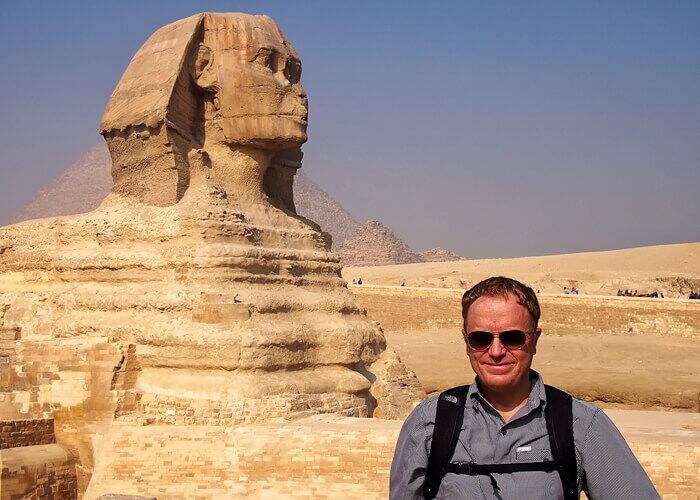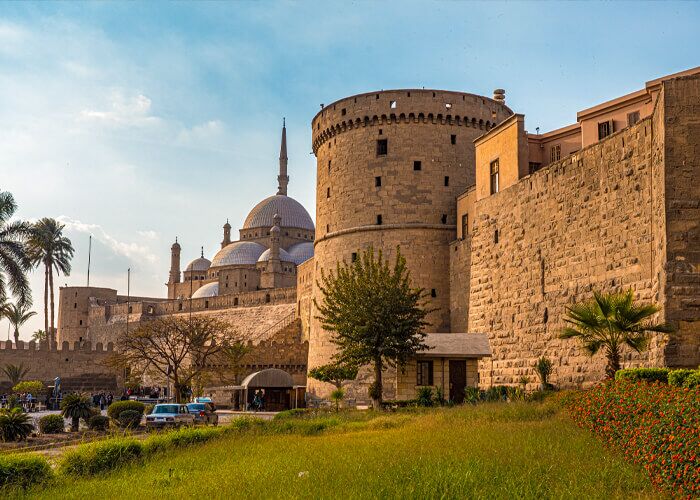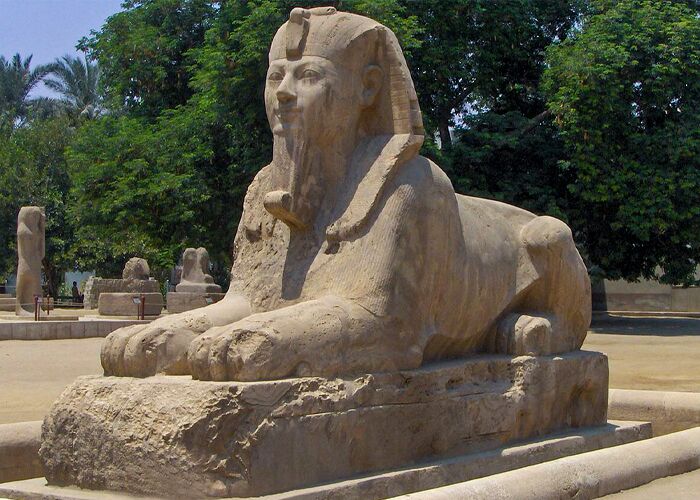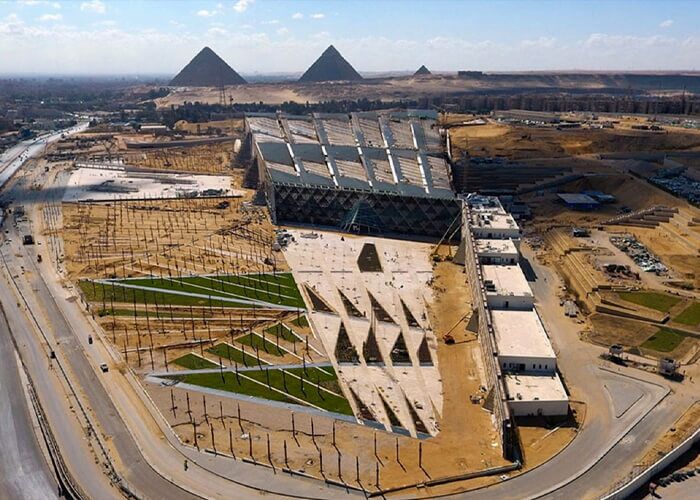Information about Giza’s Great Sphinx
The Great Sphinx of Giza: Egypt has a lot of interesting historical places to see. Ancient Egypt has a lot of mysteries and secrets that archaeologists don’t fully understand. The most well-known and interesting place in Cairo is the Giza Complex.
You can’t go to Cairo without seeing the Great Sphinx of Giza and the Three Pyramids. You can highlight the “Great Pyramid of Cheops” (one of the seven ancient wonders of the world) and the “Great Sphinx” in the Giza Complex because they have many secrets that most people don’t know.
Ancient Egyptians made sphinxes as signs of strength and intelligence. This is why it was important to give them a lion’s body and a human head, which represent the power and strength of the King.
The Pharaohs thought of the lion as a sign of strength and protection, so it was often found on their amulets, furniture, and temple doors. The Great Sphinx of Giza is the most well-known sphinx. The Great Sphinx is the world’s oldest and biggest.
There are a lot of questions about when it was built and why it doesn’t have a nose. It is called “Abu Al Houl,” which means “the father of terror” in Egyptian Arabic. It is on the Giza Plateau, 20 km from the centre of Cairo, on the west bank of the Nile River.
How the Name Came to Be
The Greek word “sphinxes,” from which the English word “sphinx” comes, means to squeeze. In the myth, a “sphinx” was a creature with the wings of an eagle, the head of a woman, and the body of a lion. The Great Sphinx has the head of a man and no wings.
The old people of the New Empire called it “Shesep-anj,” which means “the living image.” The Copts gave it the name “Bel-hit,” which in Egyptian means “hu or ju,” which means “guardian.” But he now goes by the name “Abu Al Houl” (father of terror).
How the Sphinx Came to Be
Archaeologists aren’t sure when the Sphinx was built. It was said to have been built in the fourth dynasty by King Cheops. It was also thought to have been built before the Giza Pyramids because the water damage on the Sphinx dates back to the Ice Age.
It was said that the temple in front of the Sphinx represents the sun god “Hor-em-Ajet,” which means “Horus on the horizon.” But they agreed that it was built by King Kephren, who was the king of the second pyramid of Giza, as a guardian of his pyramid in 2500 BC, during the fourth dynasty, because the face of the Sphinx looks like that of Kephren.
For a long time, the Sphinx was buried in the sand. On the front legs of the Sphinx is a piece of granite called “the wake of dreams.” It is 144 cm high, 40 cm wide, and 70 cm thick. This stele tells the story of a dream that King Tutomsis IV had when he was a young prince. In the dream, a man promised to make Tutomsis IV king if he brought the Sphinx back from the sand. The Sphinx was buried over the next few hundred years, but the sand was taken away until it was finished in the 1920s.
How the Sphinx was Put Together
In the limestone quarry that used to be here, the Sphinx was carved with its back to the east. It is 20 metres tall and 70 metres long. The front legs are 15 m long and the face is 5 m long. It looks different without colours than it did when it had colours. It had a red body with yellow and blue stripes on the face and nemes.
The Sphinx has a big tail at the end. Her head is better kept than her body because the headstone is harder and the body was buried in sand for a long time. The Sphinx used to have a beard, but Tutomisis IV took it off when he fixed it up in the 14th century b.c. What’s left of the beard is in the British Museum in London.
The Missing Nose
No one knows for sure why the Sphinx doesn’t have a nose. People said that Napoleon destroyed the nose during the French campaign, but drawings by Frederic Louis Norden that came out in 1738 show that the Sphinx didn’t have a nose 31 years before Napoleon was born.
Some people think it was because of the Mamluks or the British troops. People said that when the peasants were giving gifts to the Sphinx, a Sufi Muslim decided to destroy it, starting with the nose. He was hanged, so he didn’t destroy any more of it.
Egypt via travel can help you find things to do in Cairo.
The Giza Complex is one of the most-visited places in Cairo. It is full of mysteries that make for a very interesting trip. Don’t miss the chance to visit the land of the Pharaohs. Check out our vacation packages to Egypt or take a cruise on the Nile between Luxor and Aswan to plan your trip.





